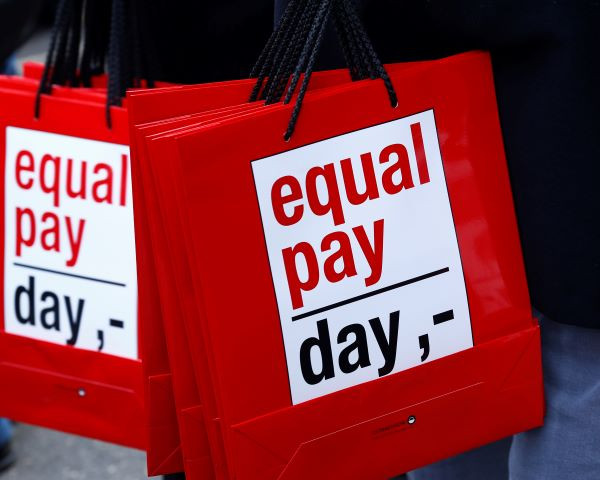The world has to wait another 99.5 years to close the global gender gap, according to the Gender Gap report 2020 by the World Economic Forum. That would mean that none of the people today or even the children of today will witness gender parity in their lifetimes.
In what could be a bittersweet conclusion, the report says that percentage has already improved compared to the 108 years in WEF's 2018 index for a similar report.
The widest disparity is seen in political representation which according to WEF will take a whole of 95 years to close. Women only hold 25.2% of parliamentary positions and 21.2% of ministerial positions.
Out of the 153 countries surveyed for the 2020 report, as many as 85 have never had a female head in the government. It was no wonder then for WEF to find that the top 10 countries it ranked for its Most Gender-Equal Countries have already women political heads.
Iceland is number one in the top 10. The position means the country is the closest t close gender disparity. The Nordic Nation has claimed the spot for 11 consecutive years now.
Iceland was the first country to have a female president in 1980. Norway had its female president in 1981 while Finland elected its first leader of a major political party in 1985.
Next on the ranking are Norway, Finland, and Sweden. They are followed by Nicaragua, New Zealand, Ireland, Spain, Rwanda, and Germany. The United States is far down below 53 while China is at 106.
The WEF Gender Gap report noted that the disparity in economic participation and opportunity is a cause for extreme concern. The report highlighted that progress regressed in this aspect of society.
Worldwide, gender equality in economic participation is only at 57.7% which means that it will take 257 years for equality to be achieved. That simply means that a significant portion of the female population worldwide is not represented at work or not given equal opportunity at the workplace.
The parity is particularly pronounced in are of technological advancement. Women remain to be underrepresented in emerging roles like cloud computing, engineering, data analysis, and artificial intelligence.
In cloud computing, only 12% of professionals are women. The same trend was observed in engineering where there are only 15% women, and in data and AI where there are only 26% women.
The good thing about the report is that parity is closer to achieve when it comes to education. The report said it will only take 12 years to close the gap when it comes to learning.





